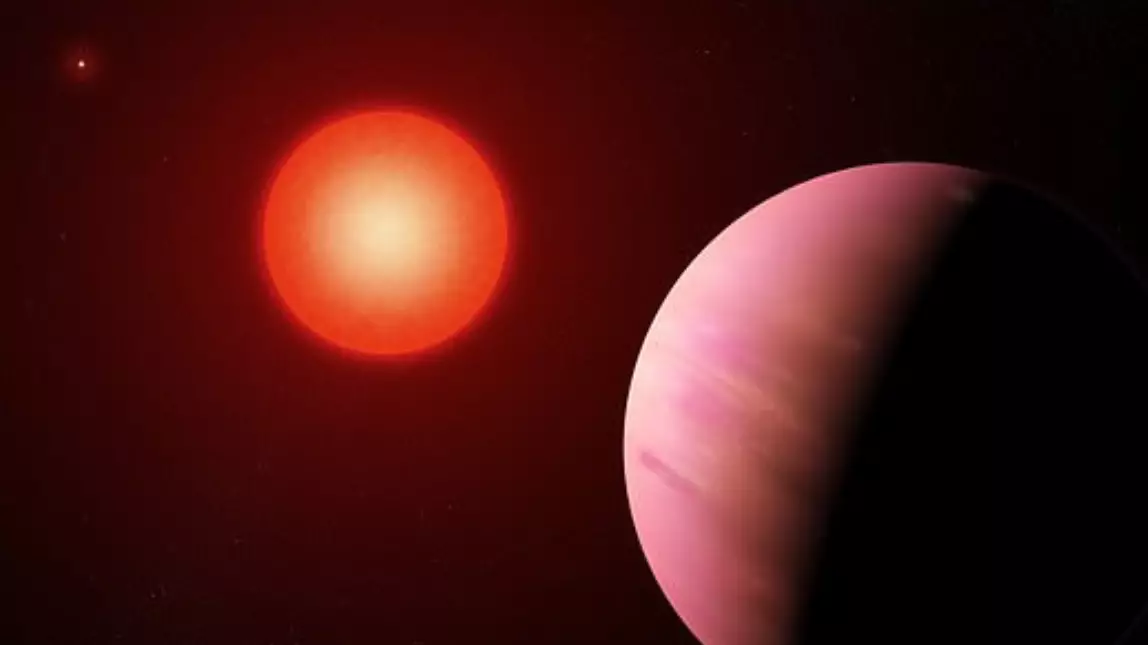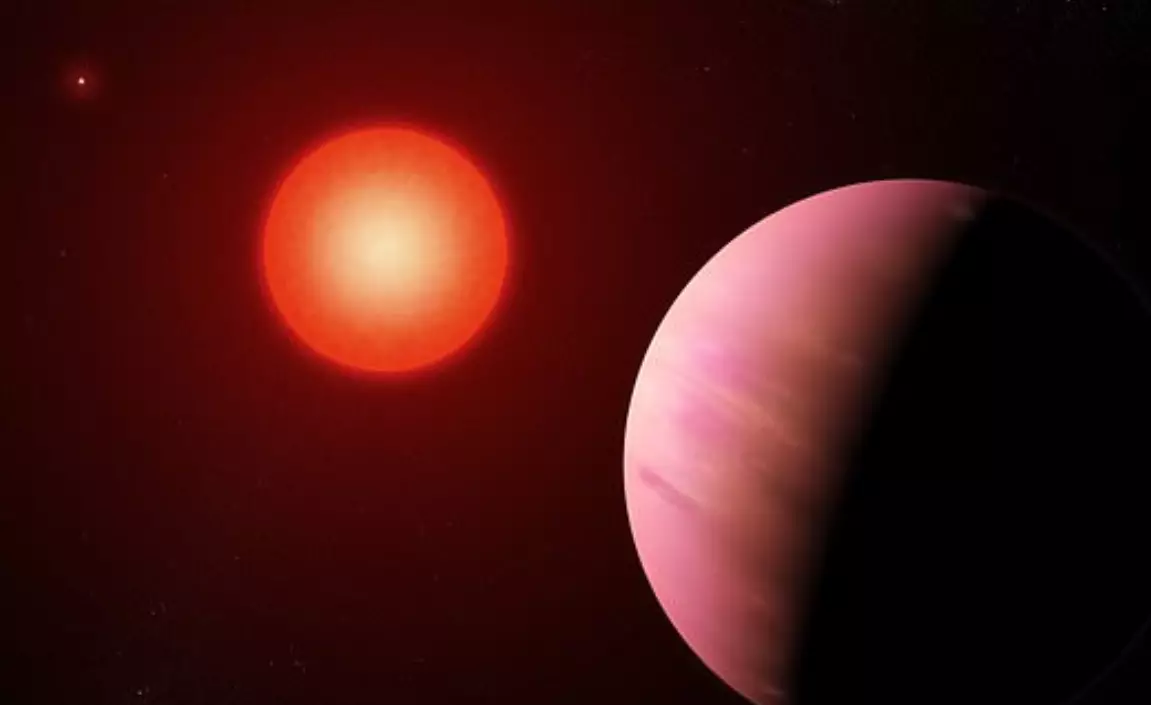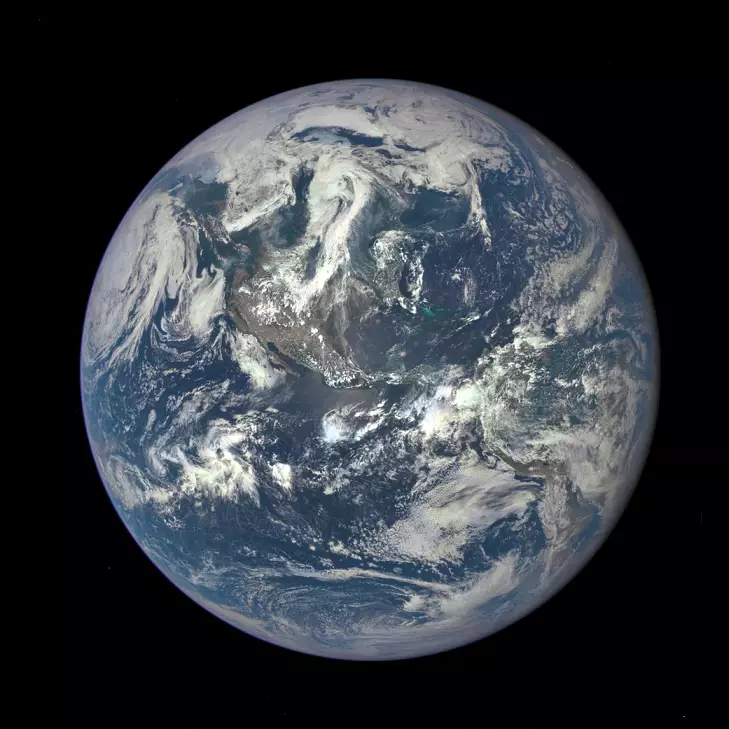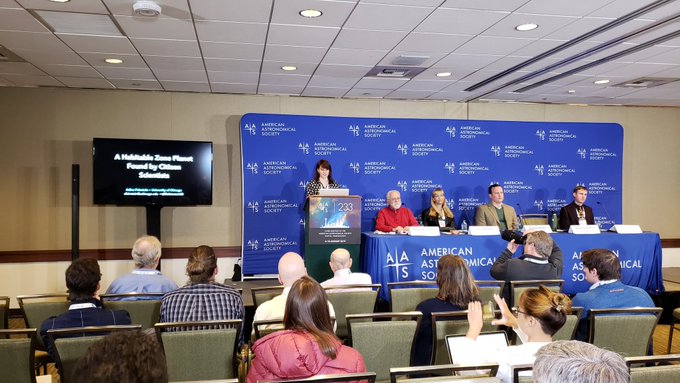
Scientists claim they have found a 'Super Earth' 226 light-years away, which is in the 'habitable zone'.
The planet is twice the size of earth and is located in our 'habitable zone', which means astronomers believe there could be life there.
Advert
Experts say it's most likely either a rocky or gas-rich planet similar to Neptune, and have called it Super Earth or K2-288Bb.
This new earth is situated in the stellar called K2-288, which is made up of a pair of dim stars, about 5.1 billion miles apart.
According to NASA, the brighter of the two stars is about half the size of the sun, with the second equating to just a third of its size.

'Super Earth' orbits the smaller star and completes a full cycle every 313.3 days.
Advert
The planet was discovered by two students, graduate Adina Feinstein, from the University of Chicago, and Makennah Bristow, an undergraduate student at the University of North Carolina Asheville.
Feinstein and Bristow were working as interns with Joshua Schlieder, an astrophysicist at NASA's Goddard Space Flight Center in Greenbelt, Maryland, at the time.
The students made the finding by looking through data collected by the Kepler Telescope for evidence of transits, which is the regular dimming of a star when a planet moves across its face.

During their research of data from the fourth batch of observations from Kepler's K2 mission, the three of them noticed that there were two likely planetary transits.
Advert
However, to say they had discovered a new planet they needed to see a third transit and realised that they hadn't been looking at all the information.
In May 2017 after looking at the new information that was posted on Exoplanet Explorers - which allows the public to look at Kepler's K2 observations to try and find new transiting planets - they finally found that third transit.
The paper has now been accepted for publication by The Astronomical Journal.
Advert
Feinstein said: "That's how we missed it - and it took the keen eyes of citizen scientists to make this extremely valuable find and point us to it.
"It's a very exciting discovery due to how it was found, its temperate orbit and because planets of this size seem to be relatively uncommon."
Featured Image Credit: NASA